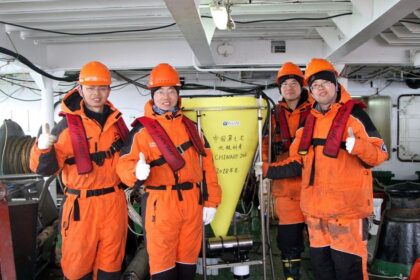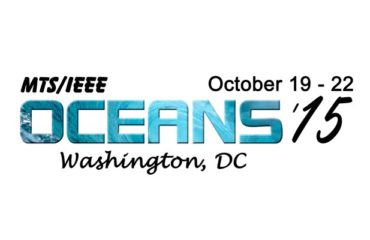
A long-term storage best practice is to keep your Sediment Trap indoors if possible. However, if you must store your Sediment Trap in non-climate-controlled conditions such as a storage shed, consider these tips to protect the longevity and optimal performance of your sampler:
- Ensure long-term storage conditions are not colder than -20°C (this guideline protects the electronics).
- Avoid exposing the electronics to colder temperatures by removing and storing them indoors while leaving the Sediment Trap outside.
- Protect the motor connector by removing it from the Sediment Trap (using the three mounting screws) and storing indoors. Contact McLane if you require a mating dummy plug for the motor connector.
- Ask whether the rotator was disassembled and cleaned after its last deployment. If not, follow the procedure in the Sediment Trap user manual before long-term storage. If previously completed, ensure the rotator interior is thoroughly dried to prevent any trapped water from freezing and thawing.
- Contact McLane for any long-term instrument storage questions.



